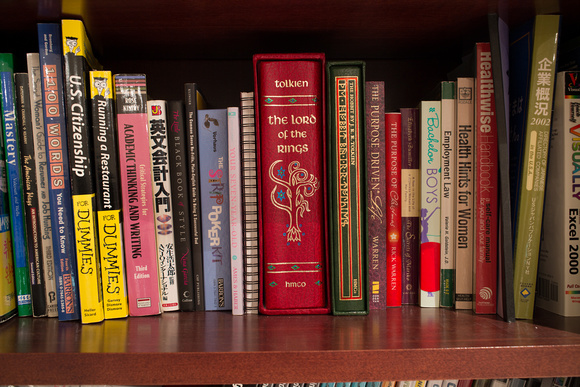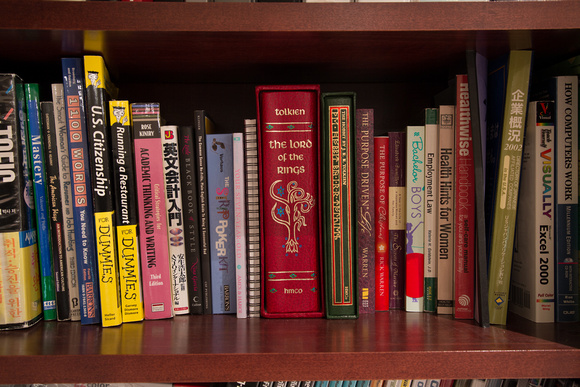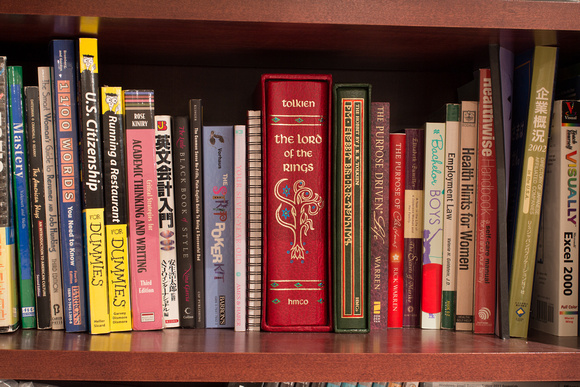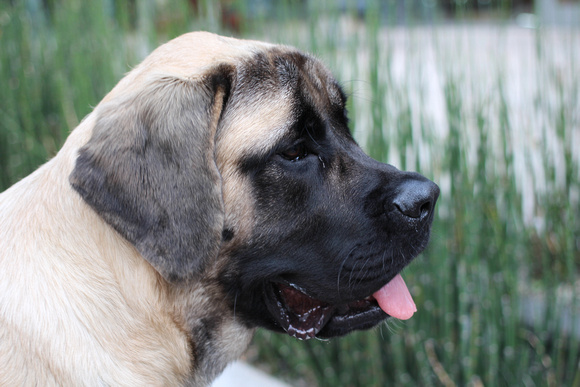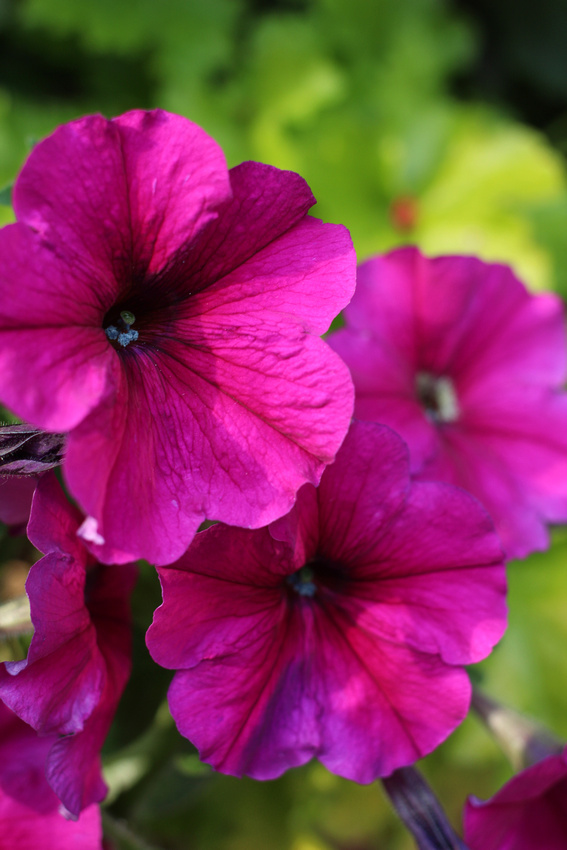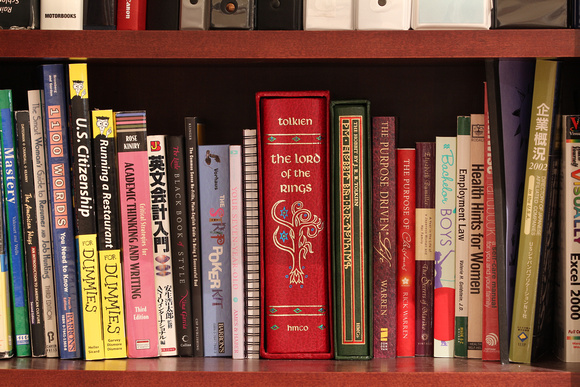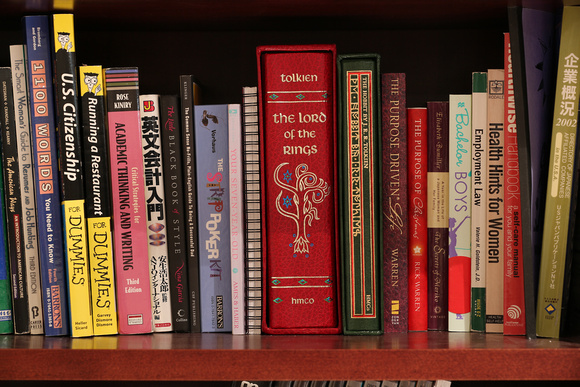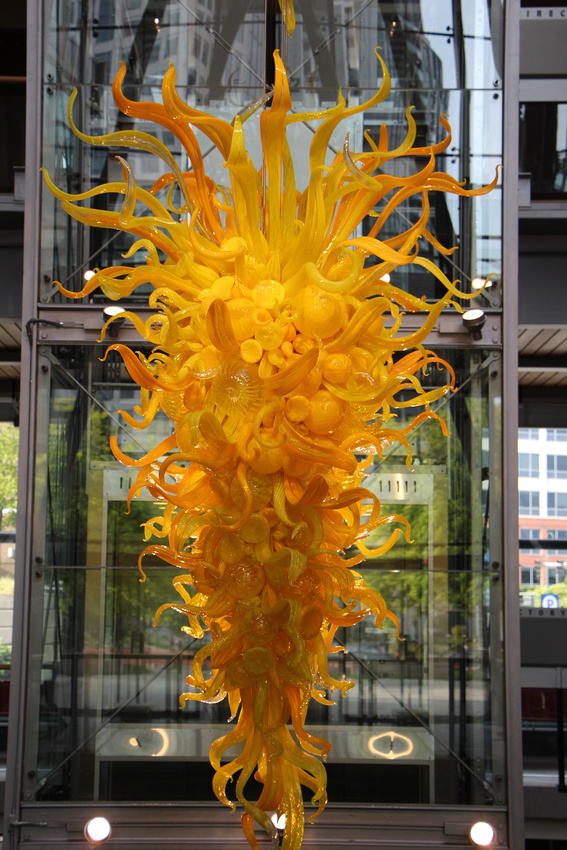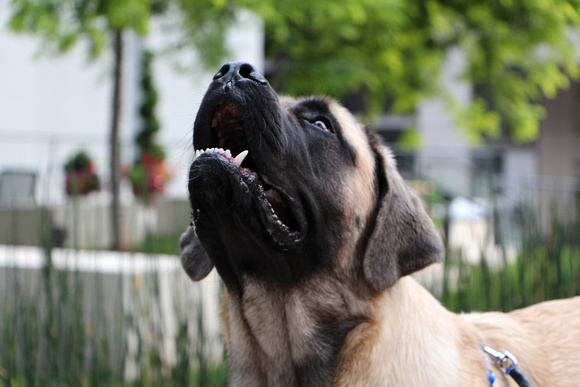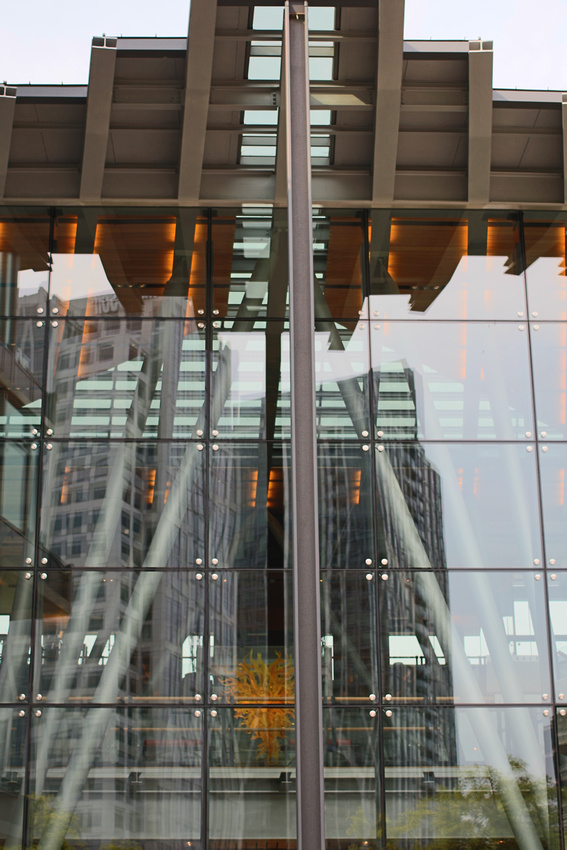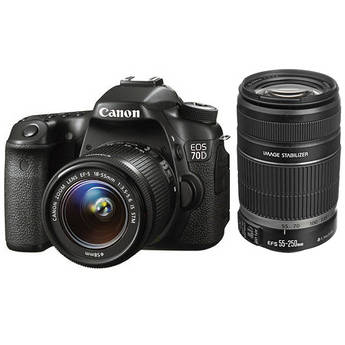
Canon EOS 70D DSLR Camera Kit with 18-55mm and 55-250mm Lenses
If you are just visiting my blog, you can see the first part of this review in my article entitled REVIEW: Canon 70D First Look with Real World Sample Photos. My apologies for the long delay in doing part II, but a family medical emergency had me offline for a while.
This weekend I finally got a chance to finish putting the 70D through its paces so that I can bring you the final installment of this review. I also had a chance to pair it up with the latest version of the 55-250mm lens in addition to using it with my 24-70mm f/2.8L II lens.
Canon EF-S 55-250mm f/4-5.6 IS STM
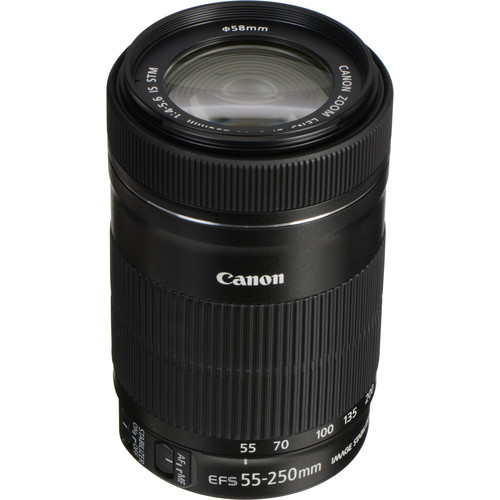
Canon EF-S 55-250mm f/4-5.6 IS STM Telephoto Zoom Lens
Since I don’t test cameras that can use EF-S lenses very often, I decided to use this as a chance to play with one of Canon’s newer STM lenses. There are three versions of this lens floating around, but I got the latest version from B&H which is the first to be an STM lens.
SLRGear has a good in-depth review of non-STM version of this lens, and I’m sure they will be testing the STM version in the near future. Check here for the latest SLRGear review. I thought I’d share my thoughts which are more subjective than scientific for this particular lens.
While this lens won’t be showing up on my “Which lens should I buy?” article, I thought it was a good performer for a beginner lens. At the time of this writing, it was under $350 USD, which makes it a pretty good value for a lens covering this much range.
Of course one-size fits most lenses sound great to the newbie, you only need to use an L series lens to quickly realize why Canon offers over 100 lenses. The more you specialize with a lens, the better the results (i.e., a 135mm f/2L will destroy this lens at 135mm). However, it’s tough to get started in DSLR photography, so this isn’t a bad way to get your feet wet while you save for the good lenses.
The AF performed fairly well, but the minimum focus distance is pretty brutal (2.79' (85 cm)) if you like to get close to your subjects (i.e., close portraits or macros). The STM works a as advertised and is very quiet. The image stabilization (IS) is okay, but it didn’t feel like it was as effective as some of my better lenses like the 70-200mm f/2.8L IS II USM.
The most positive thing I can say about this lens is that it doesn’t suck (for a beginner). This may sound funny, but older kit lenses were pretty awful. I still stick to my lens recommendations, but I think new users who don’t pixel peep against shots taken with better lenses will most often be satisfied with its results.
Real World Sample Images

Canon EOS 70D, f/5.6 @ 55 mm, 1/500, ISO 100, No Flash, Shade White Balance
In the next two shots I demonstrate what it really means to go from 250mm (max zoom) in the shot below to the 55mm (min zoom). While my example has a horizon that is crooked as a politician, you get the idea that this lens may not be the sharpest but it’s handy!

Max Zoom
f/5.6 @ 250 mm, 1/250, ISO 100, No Flash

Min Zoom
f/4 @ 55 mm, 1/800, ISO 100, No Flash

f/5.6 @ 237 mm, 1/640, ISO 100, No Flash, Shade White Balance

I was satisfied with most of the shots I got with this lens
f/4 @ 55 mm, 1/320, ISO 100, No Flash

f/5 @ 117 mm, 1/500, ISO 160, No Flash
Click here to visit a full gallery of images taken with the 70D using the Canon EF-S 55-250mm f/4-5.6 IS STM Telephoto Zoom Lens. All of the images are the original in-camera JPEG files with no modification beyond file metadata changes.
It should be noted that some images use JPEG normal instead of JPEG fine due to a mistake I made while turning off RAW for a moment so I could do a HDR shot. I’m unsure of how many images have the wrong compression setting, but this could cause some of the images to look slightly softer than they really are.
Living with the 70D
This camera has the same basic layout as the 6D with the cool high resolution articulating touch screen from the T5i. Surprisingly this touch screen didn’t annoy me as much as the one from the T5i, but it could just be that I’m getting used it. I did find the screen to be excellent and the pivoting display that allows for self pictures as well as tough macro and over the head shots is always welcome.
Overall, I found myself very satisfied with the build quality despite its small size. It’s the first xxD series that I actually liked since the 40D, so that’s a big surprise after many disappointing releases.
The burst mode isn’t terribly impressive in real world use, especially if you shoot raw, so don’t sell your 7D just yet. The AF system is also fairly watered down from what you’d find in a 5D Mark III or 7D, but its effective.
I did enjoy the viewfinder which also has the option to show a digital level. It’s a 98% viewfinder so you’ll typically pick up a little extra scene elements in the edges from what you see in the viewfinder, but it didn’t bother me much in the real world use. I did appreciate the clarity of the viewfinder though.
The Q menu with touch screen was very nice because it allows you to get to what you want by pressing Q then just tapping the item you want with your finger on the LCD. This speeds up operation which is important as this camera features fewer buttons than what I am comfortable with on my 5D Mark III and 1D X.
The built-in flash works much like Nikon’s in that it sucks less than built-in flashes of years ago. A 600EX-RT or even a cheaper 430EX II is going to give better results, but it’s nice to have when you are in a pinch and need some fill light.
I was disappointed that its live view was a little noisy compared to what I’m used to with Canon cameras when used in long exposure scenarios (at max zoom in). However, the 10x zoom still allowed me to get the results I needed.
The small body is more on par with a Nikon D5200, but it has a wonderfully deep grip that I really enjoyed. In practice the size was never an issue and my thumb could easily navigate all of the controls. Nikon’s have always been better for their abundance of well placed physical buttons, and Canon doesn’t really catch up here, but I found this no worse to use than a 6D. Canon shooters will be right at home, and new DSLR owners should enjoy it.
A Word About Canon In-Camera Noise Reduction
Always make sure you set your “High ISO Speed NR” setting to Low on Canon Cameras
While it is taboo to say it or admit it anywhere forum trolls travel, some people actually use the JPEG images from their cameras. If that’s you, then be warned that the 70D is identical to all Canon DIGIC 4 & 5 cameras in that it’s in camera noise reduction is too aggressive after the Low setting. This is important because the camera default is Standard and it obliterates too much detail in the name of removing noise as you can see in the image above.
Notice how in this image, taken at ISO 3200, the image on the right has lots of nice detail with no major noise. Notice how the image on the left looks soft with details missing – this is overly aggressive noise reduction from the in-camera Standard mode.
You can click the image above to see this in action, or you can look at the full-size camera original JPEG’s at Standard here and Low here.
If you find that you still need addition noise reduction on your JPEG or your RAW images, then just use Noiseware (winner of my Noise Reduction Roundup). It does a much better job of preserving detail and removing noise than Canon’s in-camera results.
Bookshelf Images

ISO 6400 is about as high as I would go with this camera
f/4 @ 24 mm, 1/15, ISO 6400, No Flash, Auto White Balance, Low Noise In-Camera Reduction
My overall opinion is that this camera has pretty solid ISO performance up to 3200, and it drops rapidly after that. I’d consider ISO 6400 as high as I’d realistically want to go in real world usage. On the other hand, the sensor captures incredible detail and has a wonderful dynamic range so overall I was very impressed. It is no match for the 6D, but it seems better than a 7D in my opinion.
These are taken from in-camera JPEG’s with zero modifications. Nearly all were taken in Aperture Priority (Av) mode using a timer and a tripod with stabilization turned off. The goal of these samples is to have a common measuring stick in a controlled environment by which you can measure the lens and sensor performance. What’s more you can also compare these to bookshelf shots of other cameras that I’ve reviewed to get an idea of how a camera really compares. See my other camera reviews for links to additional bookshelf images.
As mentioned above, I did change the High ISO Speed NR setting to Low from the Standard to avoid smearing too much detail. I also took these images with my 24-70mm f/2.8L II lens at its sharpest setting - 24mm @ f/4.
Click here to start viewing the images at ISO 100 and up. Be sure to check the caption for the settings used.
Visit http://photos.ronmartblog.com/canon/70d for a full gallery and click the images to see the full-size originals. All images are copyright Ron Martinsen – ALL RIGHTS RESERVED. You may view them, but you may not store, edit, print, distribute or otherwise reuse any images without written consent.
HDR

In-Camera HDR was disappointing
Despite being on a tripod with images that should merge well, the in-camera processing still clipped off quite a bit of the image (see other bookshelf shot above for a comparison). This is pretty lame, but what’s even worse is that there’s no option to save the images that built the HDR so that you can go use software on your computer at a later time. As a result, I hated the built-in HDR feature.
The hand-held auto aligning was no where as good as what I experience with my 5D Mark III, so this is one of those tripod only HDR features. Generally speaking HDR works best with a tripod, so this isn’t necessarily a show stopper – but it’s annoying to know that this feature has been dumbed down for marketing reasons.
My advice is to stick with bracketing and use Photomatix – it’s much better and you don’t lose the edges of your image to in-camera cropping.
Video
In my review of the Think Tank Photo TurnStyle™ Sling Bags, I used the 70D to record the two YouTube videos with the continuous focusing Live View: Dual Pixel CMOS AF. This feature is supposed to offer camcorder-like auto focusing performance on a DSLR. When paired with a STM lens like the EF-S 55-250mm f/4-5.6 IS STM I was using in the video, you are supposed to get silent (as compared to USM lenses) and fast auto focusing.
As you can see from the videos in that article, this feature sorta works most of the time but it has a lot more misses than I typically get from a cheap camcorder. In short, it’s the best I’ve seen on a DSLR, but still crap compared to camcorders. Hopefully firmware updates over time will make it better, and I commend Canon for at least trying to make this work.
Conclusion (and compared to the Nikon D7100)
Overall, I’ve got to say that I was very satisfied with the 70D. While I’d probably say that the Nikon D7100 is the better overall camera, the 70D is a very close second. I prefer Canon’s lens options much more than Nikon’s (overall), so if you are already invested in Canon I’d go for a 70D over the D7100. If you are just getting started then you’ll find that the D7100 has much better controls, but the in-camera images won’t look as rich and saturated as you get with the Canon. I’d also give the 70D the nod for superior video performance and a far better LCD display.
I’d highly recommend this camera to someone looking to leverage their existing EF-S lens collection, but I’d encourage a close friend to spend a little more and get a 6D if they wanted to be on the Canon platform. The image quality of the 6D is much better, especially at higher ISO’s, so you’ll be get more usable images at ISO 6400 and 12,800 with the 6D.
Where to order
Click here to order or learn more about the Canon 70D at B&H.
Other articles you may enjoy
If you enjoyed this article, you may also enjoy these:
- REVIEW: Nikon D7100–A Mini D800E?
- Canon Rebel T5i/700D
- Canon 6D (vs Canon 5DM3 & D600)
- Canon EOS M
- Canon 600EX-RT Flash First Look (ST-E3 RT)
- Canon 40mm f/2.8 STM Pancake Lens
- Nikon D600 (vs Canon 5DM3 & 6D)
- Sigma 85mm f/1.4 EX DG
- Things You Need AFTER You Buy Your New Camera - Must Have Photography Accessories
- HDRSoft Photomatix Pro 4.x (4.2 Update)
- Imagenomic Noiseware 4.1.1 Professional (Latest Version)
Disclosure
If you make a purchase using links found in this article, I may make a commission. It doesn’t cost you a penny more, but it does help to support future articles like this.
I borrowed and returned the gear reviewed in this article from B&H.





